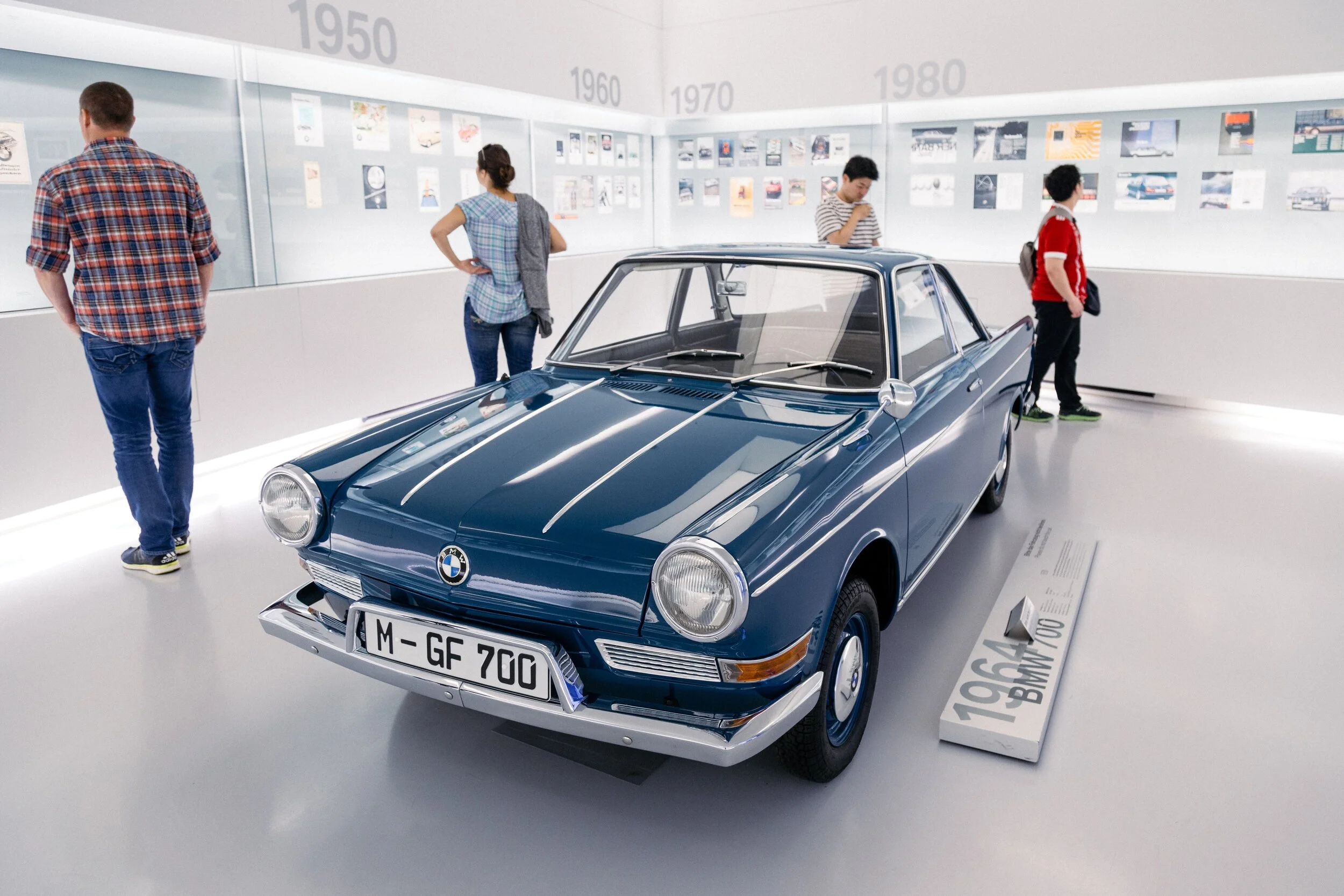Steam Trucks – Analog for Internal Combustion?
By Edward A. Sanchez – April 27, 2021
I came across an interesting article on the enthusiast website The Drive the other day, with a short story and a couple of videos on 1930s British steam trucks. It’s interesting that the seemingly 19th-century technology was still persisting three decades into the 20th century.
If you’re thinking what I’m describing sounds vaguely like a steam locomotive, but without rails, you’re right. The Sentinel S Type (Not to be confused with Jaguar’s later mid-size sedan) had a full-on boiler, an on-board water tank, and coal storage, and required two people to operate: One to actually drive the truck, and the other to keep the furnace stoked with coal and to keep an eye on the steam pressure and water levels.
The Sentinel was able to maintain a constant speed of 45 mph and could go as fast as 60 mph in some conditions. While that may not sound especially impressive in the context of modern trucks and commercial vehicles, for its time, it was quite fast, and objectively out-performed many of its ICE-powered peers of the time.
Steam trucks existed well into the 20th century.
What ultimately spelled doom for the steam-powered Sentinel trucks was the ascent of diesel engines. While we may not see diesel as especially cutting-edge technologically, or particularly “clean” today, it was orders of magnitude more efficient, less polluting, and more convenient than steam engines. Much like in the world of locomotives, diesel’s overwhelming advantages over steam power were impossible to ignore.
Watching the videos, I couldn’t help but think if we’re facing a similar paradigm shift of one technology becoming so demonstrably superior that the older technology simply fades away through lack of interest, or just being too cumbersome or expensive to continue.
Frankly, as big of a fan of electrification and EVs as I am, I don’t think EVs are yet to the point where the general population is thinking (and consequently buying) with the sentiment, “Why would I want to buy an internal combustion car? Electrics are better in every way.” Certainly, there are dedicated factions of EV fans that would try to make that case, and if you’re willing to adapt your routine and lifestyle slightly, EVs can be a relatively painless transition.
Like steam locomotives, steam trucks were not the cleanest burning means of transport. But in their time, their abilities were hard to beat.
But if you’re trying to squeeze the EV ownership experience into an ICE-shaped hole, you’re going to experience a lot of frustration with the current state of the nation’s infrastructure. The Biden administration is targeting the buildout of 500,000 DC fast-charging stations nationwide. While that may sound like a lot, when you put it in the context of The Netherlands, a densely populated European country approximately 1/200th the size of the U.S., is planning 1.5 million public EV charging points, it begins to put things in perspective. To be fair, the Netherlands number includes all types of charging points, including L2 and L3. However, considering that the entirety of the Netherlands could fit within the area of California’s San Bernardino county, with 10,000 square miles to spare, L2 chargers would likely meet the needs of a large portion of its population.
If you’re resourceful, curious, and prepared, there are plenty of places to charge your EV out in the wild. Pretty much anywhere with a reliable electricity source is a potential fueling station. But it could be the difference between a few minutes and a few days. So I don’t dispute the assertions of other analysts and industry watchers that say we need a massive public presence of charging stations for the general public to have confidence to buy an EV, and not have any sort of range or charging anxiety. I already kind of look at ICE-powered vehicles similarly to the Sentinel Steam trucks, but most other drivers probably look at EVs with a similar level of skepticism and think how impractical they are. The mass-adoption of EVs in the next couple of years will be dependent on this perceptual shift by the driving public.
(Images courtesy Britain’s Greatest Machines)
- Podcast - Facebook - Google News - Twitter -









